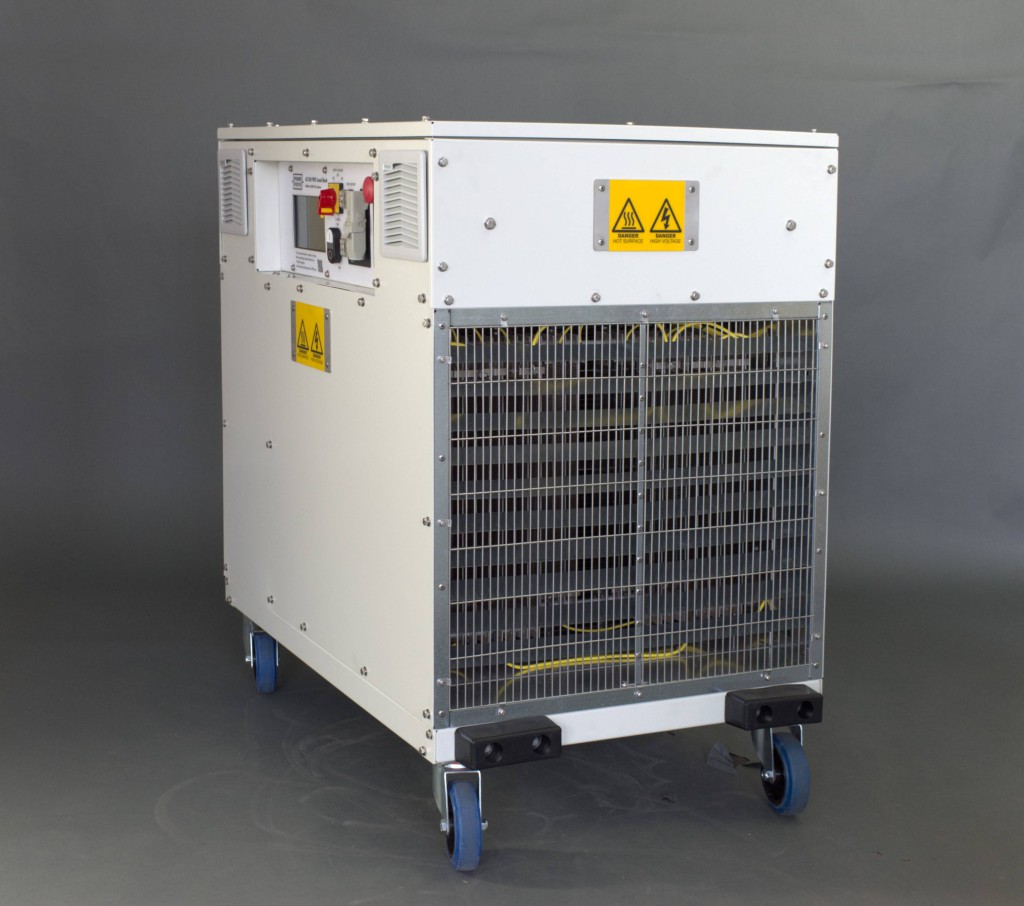Mitigating unplanned downtime

According to 2022 data from Siemens, industrial organisations lose almost
$1.5 trillion a year to unplanned downtime. In sectors where uninterrupted operations are essential – including chemical manufacturing, oil and gas and pharmaceuticals — downtime isn’t just an inconvenience, it’s a significant disruption that directly affects profitability and productivity.
Andrew Keith, Division Director at Power Prove, explores the role of load bank testing in back-up power systems to prevent unplanned downtime.
‘Unplanned downtime’ refers to unexpected disruptions caused by equipment failures, power outages or system malfunctions.
In industries that depend on continuous operation, interruptions cause significant financial consequences. It is estimated that an average offshore oil rig experiences about 27 days of unplanned downtime a year, amounting to almost £30 million ($38 million) in losses. Furthermore, in the general manufacturing industry, including chemical and pharmaceutical production, downtime can cost over £200,000 ($260,000) per hour. However, financial consequences aren’t the only significant impacts of unplanned downtime.
Unplanned downtime in chemical and pharmaceutical manufacturing introduces serious safety risks. In chemical manufacturing, precise, continuous processes are essential for maintaining accurate reactions. Any production halt can disrupt these reactions, potentially creating hazardous conditions, compromising safety or diminishing product quality. In the pharmaceutical industry, downtime can delay the production of vital medications, disrupting treatments and potentially affecting patient care.
In terms of further negative consequences, the oil and gas industry operate continually to meet global energy demands. Therefore, downtime in this sector doesn’t just halt extraction or refining processes but disrupts the entire supply chain.
According to Siemens’ 2022 report, oil and gas face the steepest penalties, as each subsequent user of the raw material incurs their own penalties for missed deadlines, which are often passed down the supply chain. Such incidents can severely damage customer trust, leading to further negative repercussions.
Mitigating disruptions
To mitigate these risks, businesses can invest in back-up power systems, such as generators and uninterruptible power supplies (UPS). Generators are designed to supply long-term power during extended outages, while UPS units deliver immediate, short-term power to seamlessly bridge the gap until generators kick in.
These systems are vital in industries where downtime is not an option, ensuring operations continue smoothly, even during power outages or equipment failures. However, their effectiveness depends on whether they’re in optimal condition.

A neglected back-up power system may fail when it’s needed most, causing further downtime. Common issues like faulty wiring, degraded batteries or insufficient capacity can go undetected without regular maintenance. This is where load bank testing comes into play.
Ensuring readiness with load bank testing
In industries where uninterrupted operations are critical, load bank testing is an essential component of a proactive maintenance strategy, ensuring back-up power systems are ready when needed.
Load banks simulate real-world electrical loads, replicating the system’s demands during a downtime scenario. By applying varying loads, the testing evaluates the system’s performance at full capacity, identifying underlying issues such as voltage regulation, load capacity, fuel consumption and cooling efficiency. This comprehensive assessment helps detect early signs of component wear, inadequate power output or improper load distribution.
Furthermore, load banks can be customised to provide enhanced capabilities, including remote monitoring, which allows for real-time tracking of system performance. This feature enables maintenance teams to quickly identify and address potential issues, minimising the risk of unexpected failures and ensuring smooth, uninterrupted operations.
Power Prove offers versatile load bank solutions to meet the needs of various industries. Portable load banks provide flexibility for on-site testing, while containerised systems are designed for large-scale operations. These load banks can simulate both resistive and reactive loads, delivering thorough testing for generators and UPS units.
Unplanned downtime disrupts more than just operations – it impacts safety, revenue and long-term competitiveness. Load bank testing ensures back-up power systems perform reliably by identifying vulnerabilities before they escalate. This proactive approach safeguards critical processes, minimises unexpected failures and keeps essential industries running smoothly even in the most demanding conditions.







